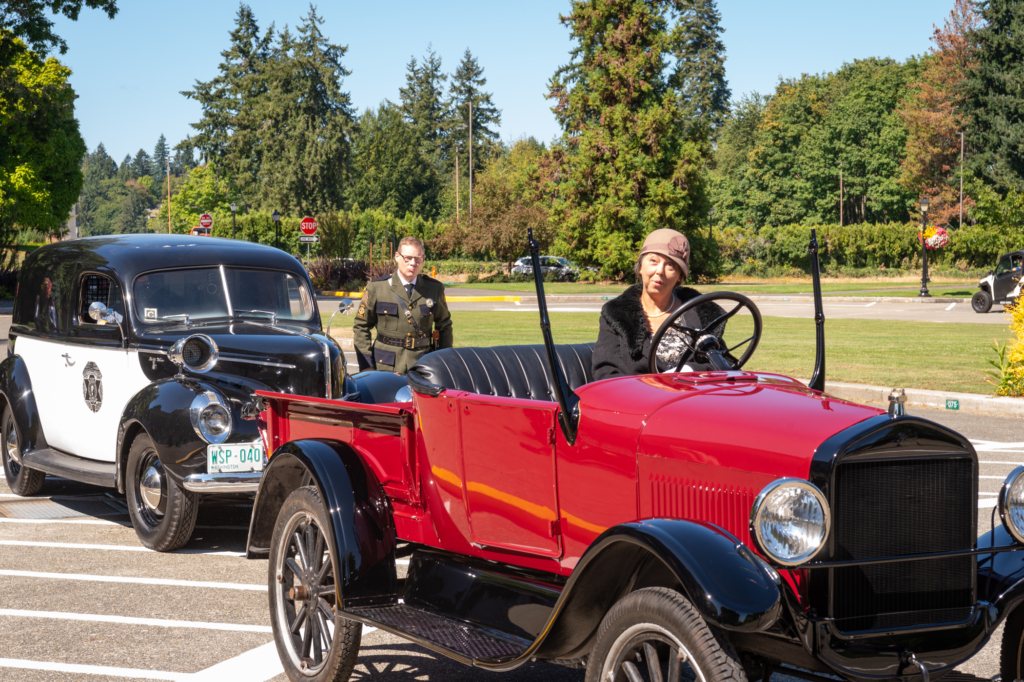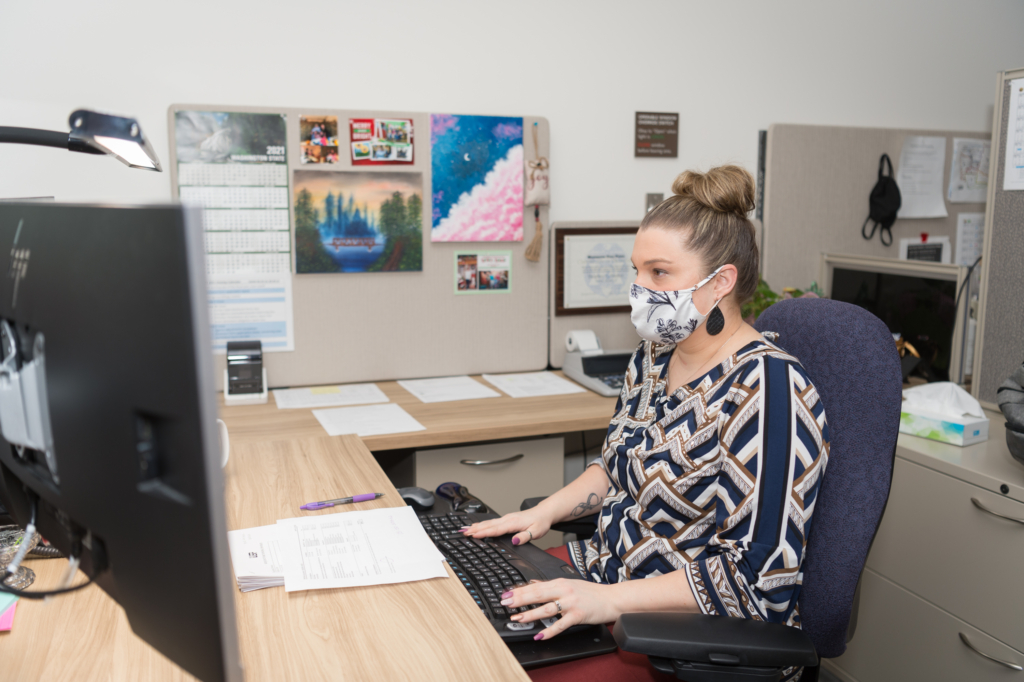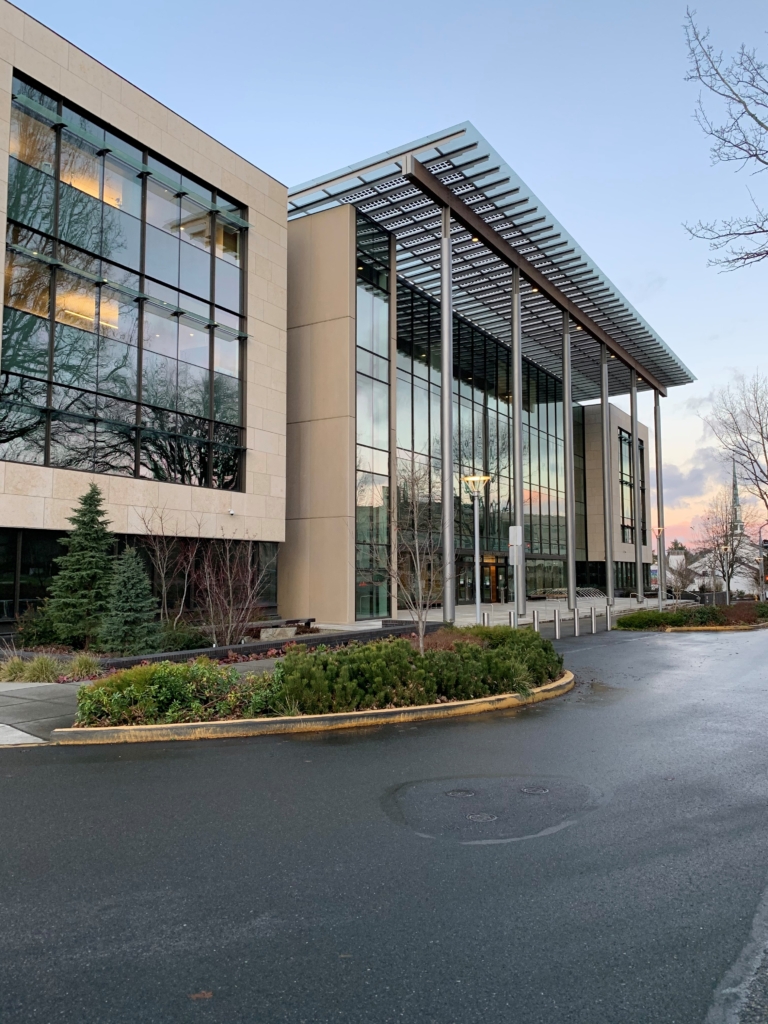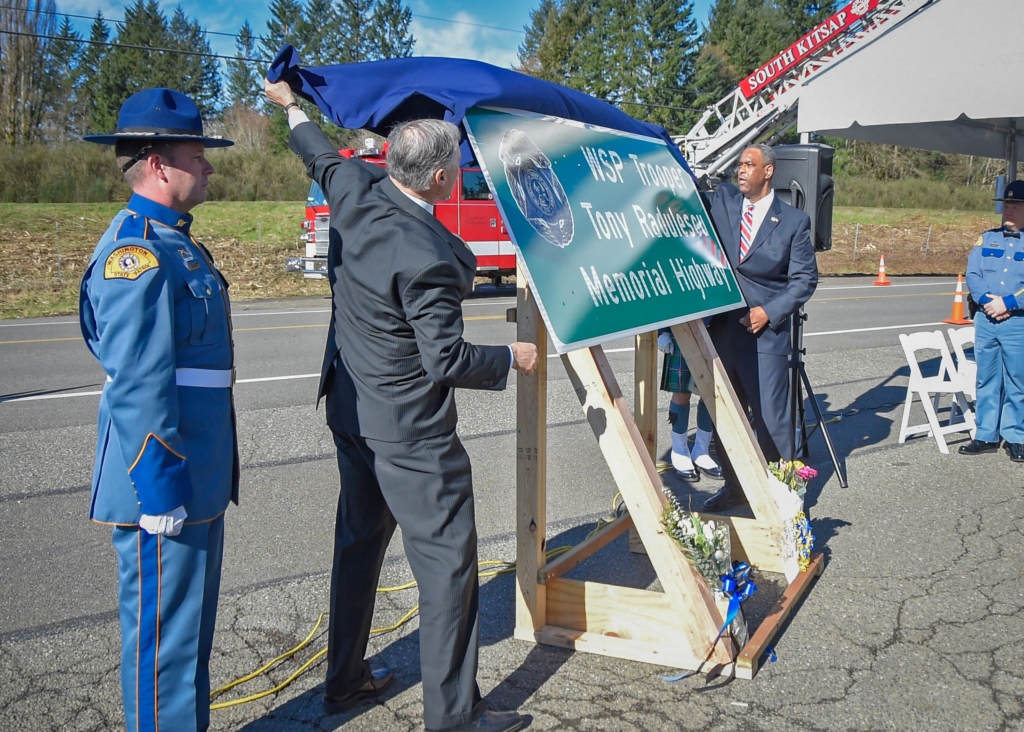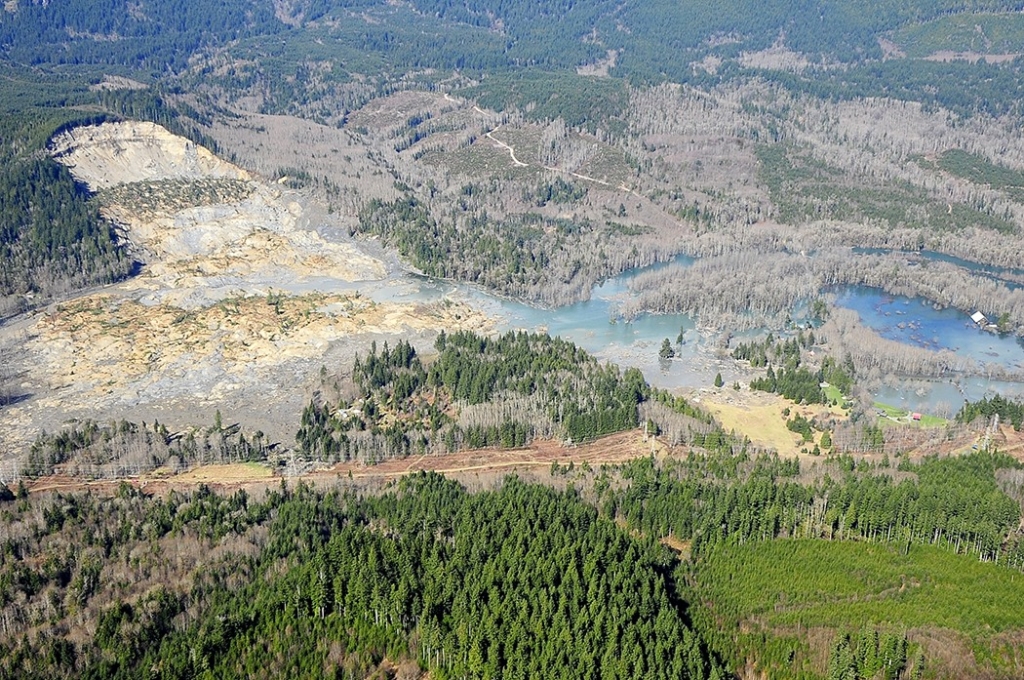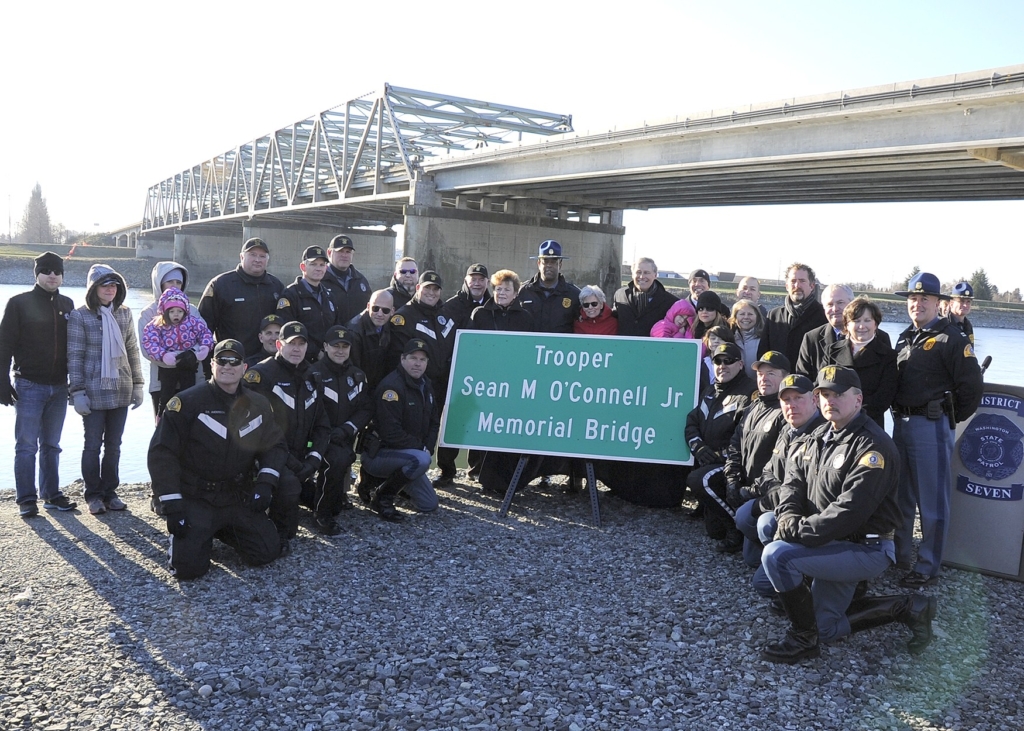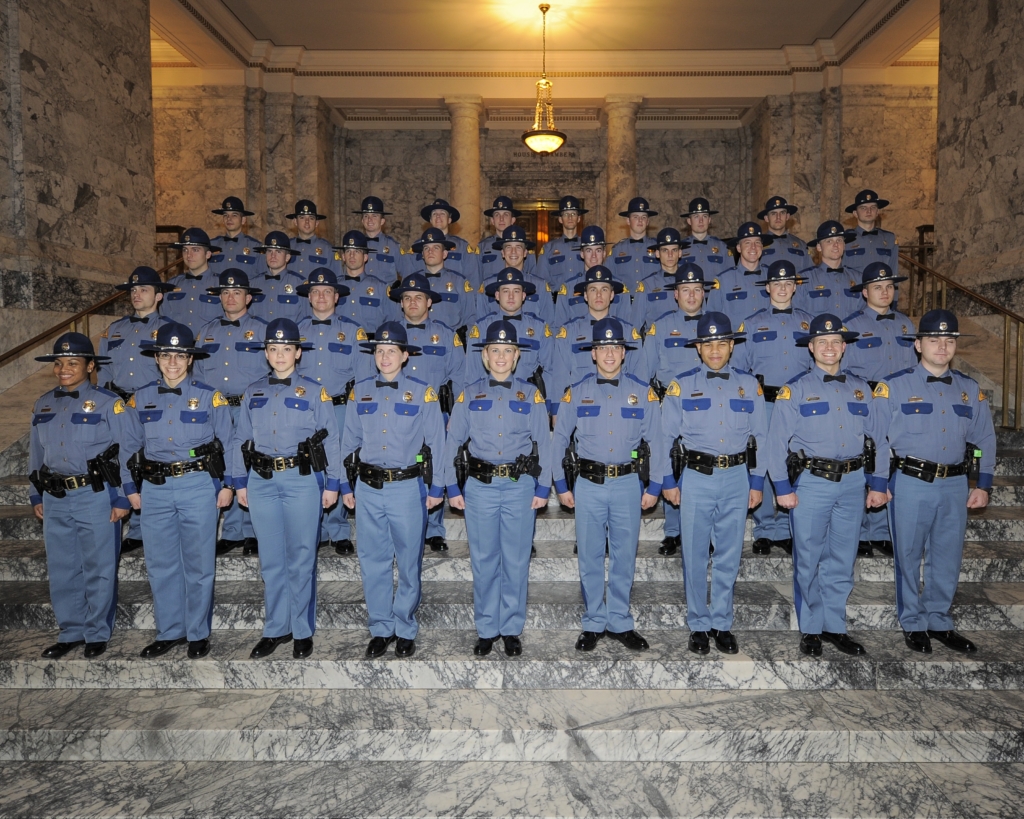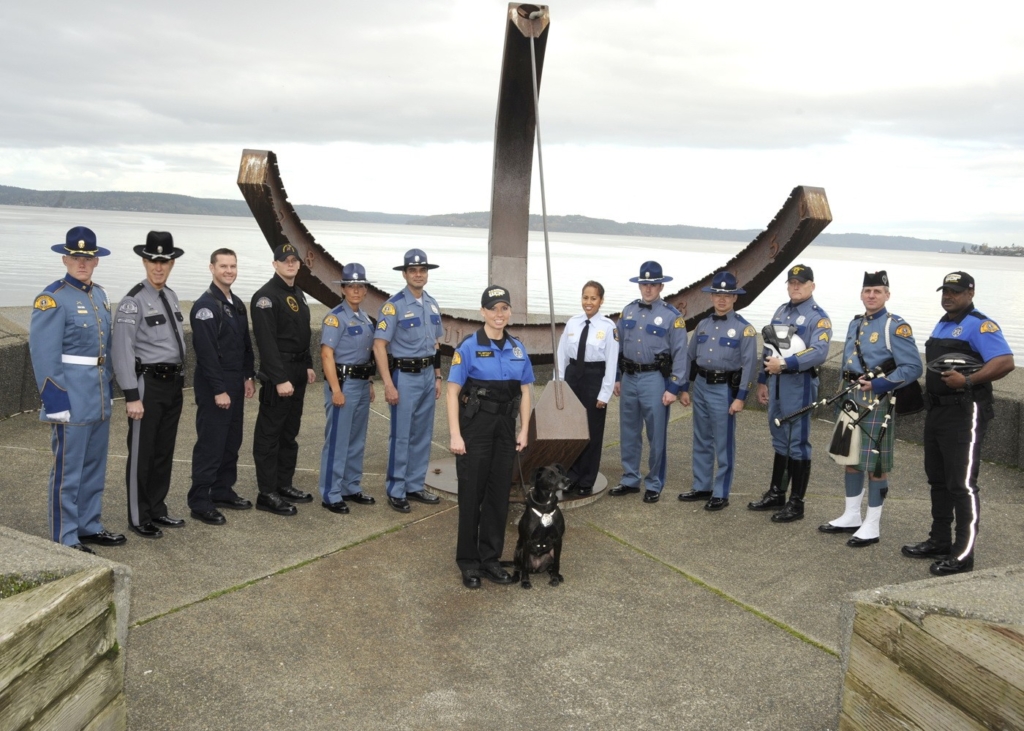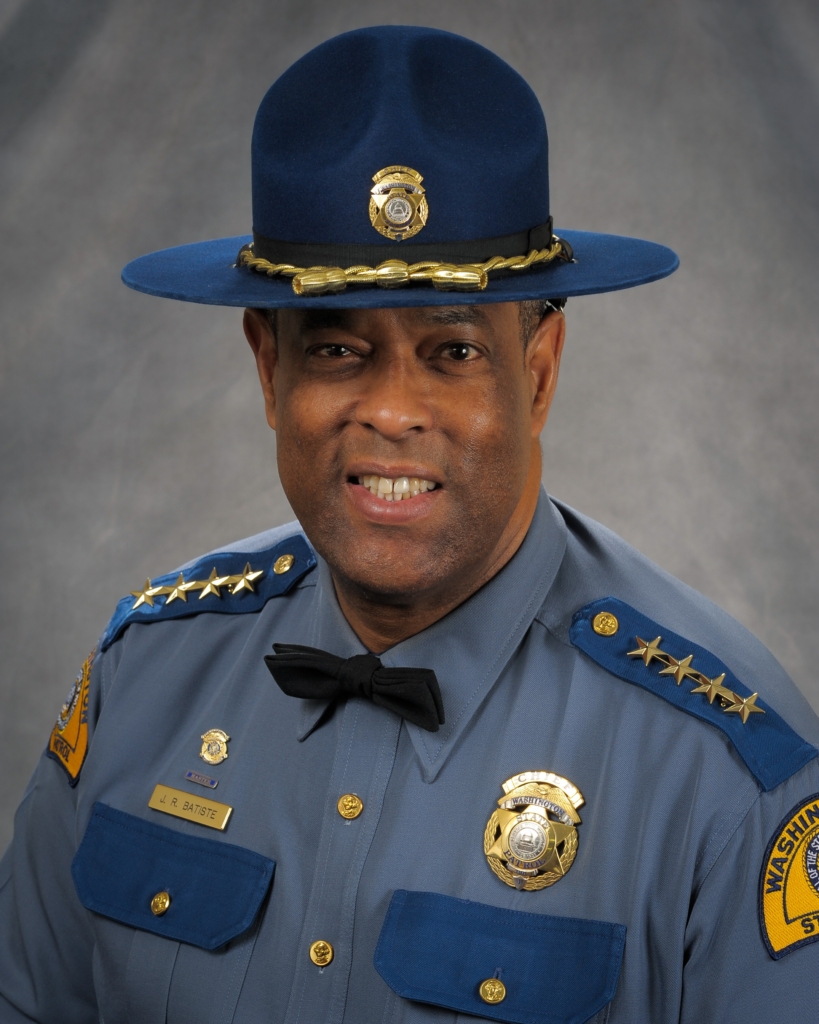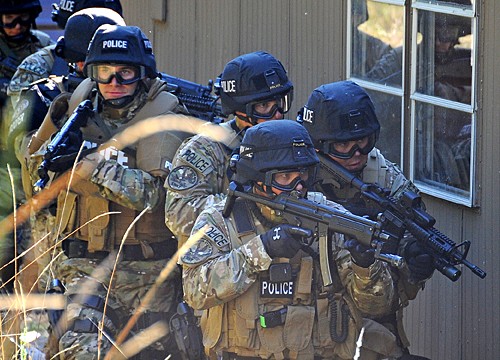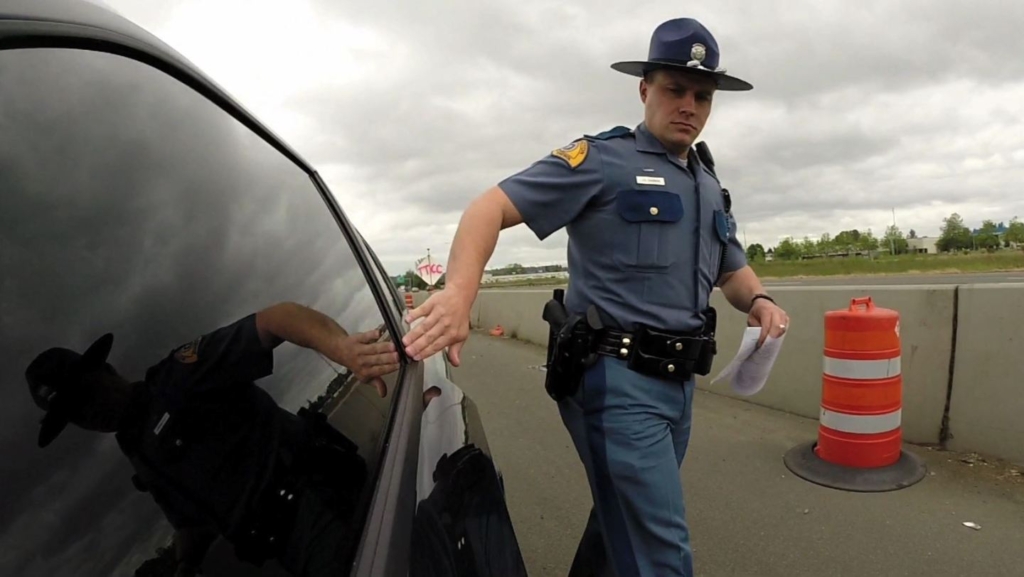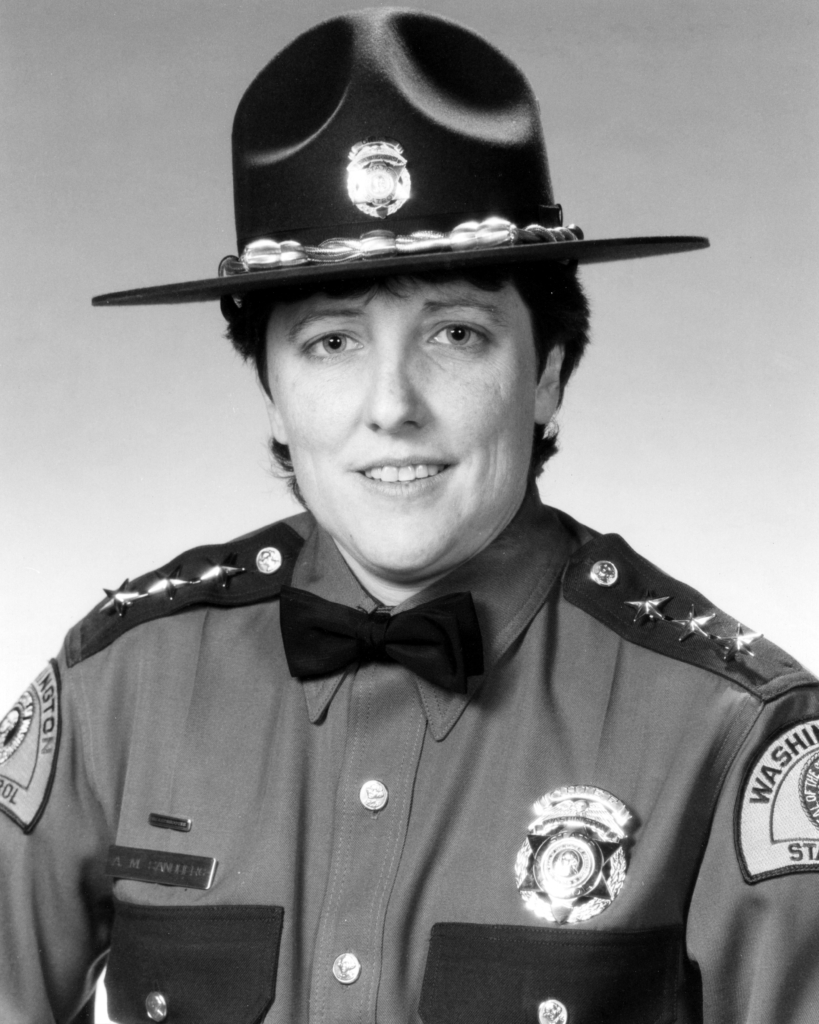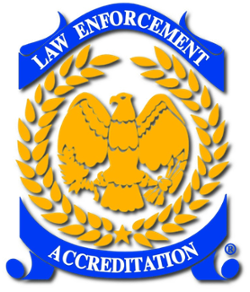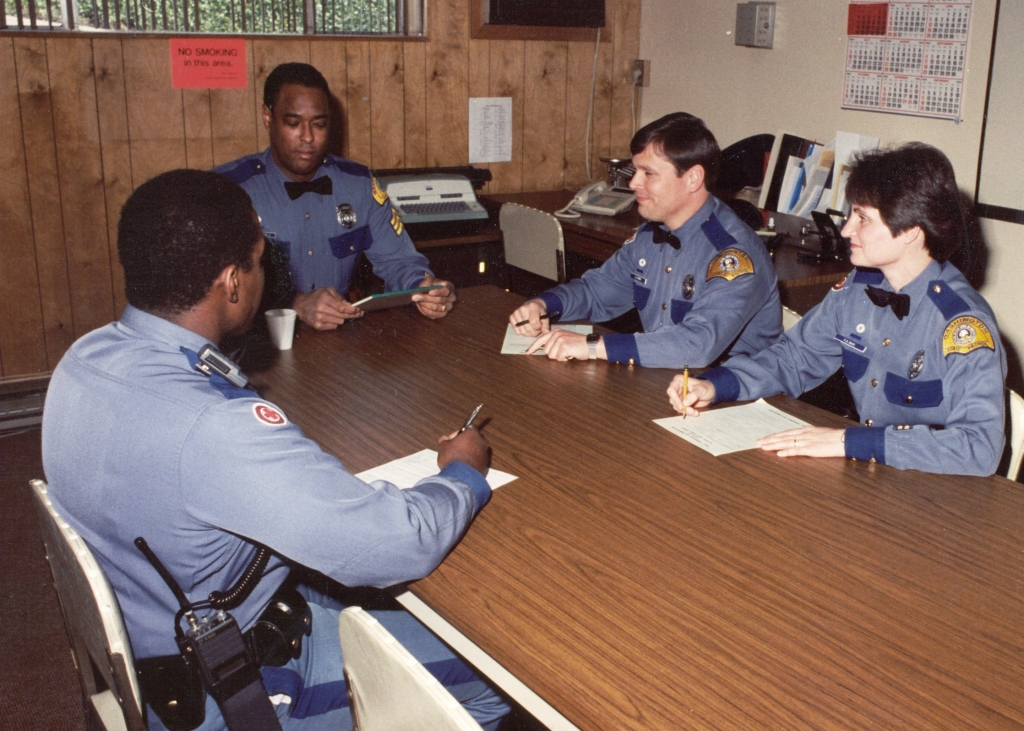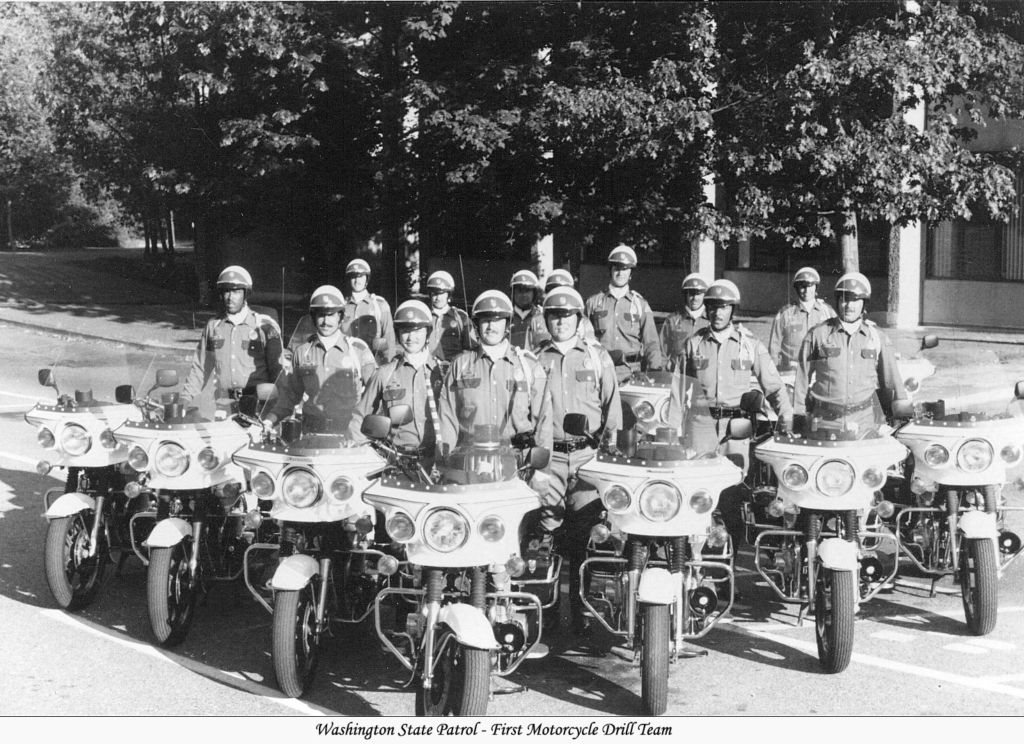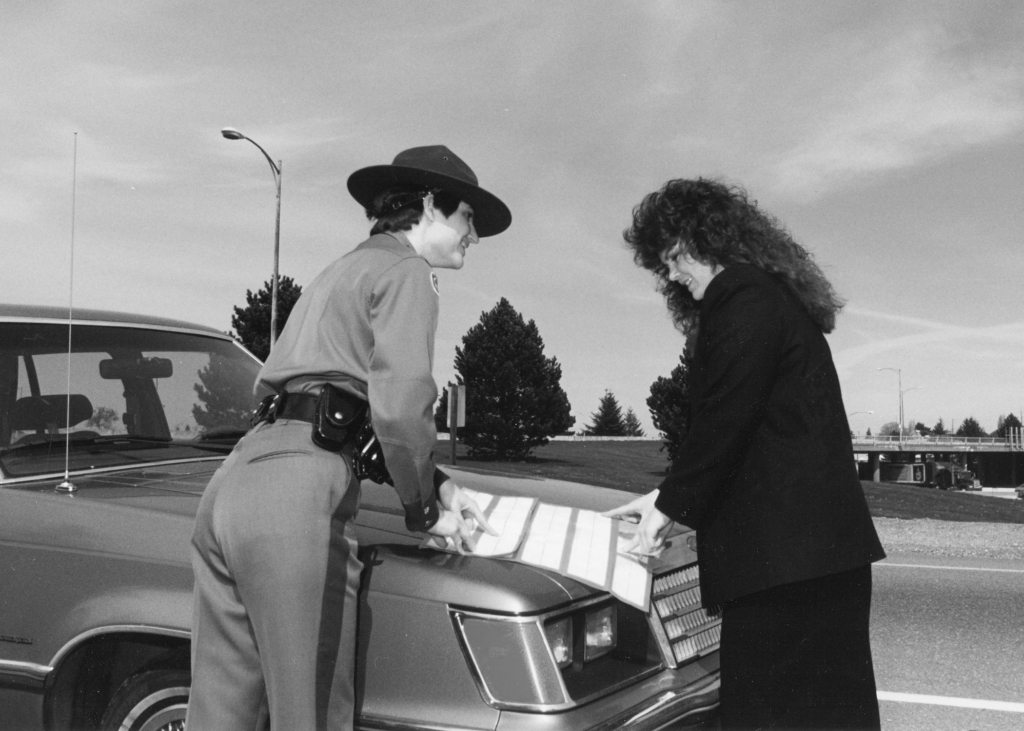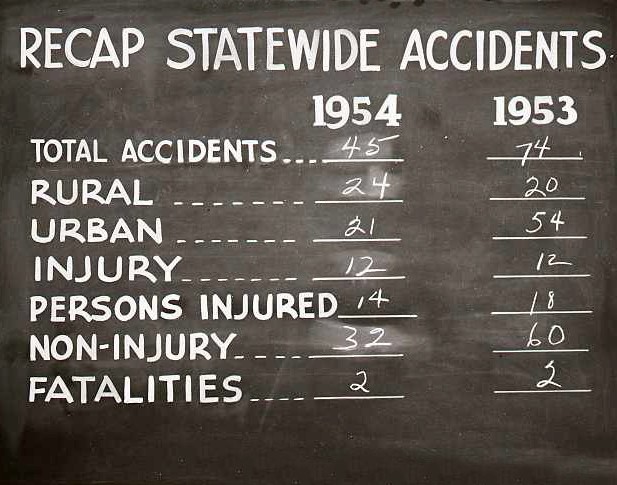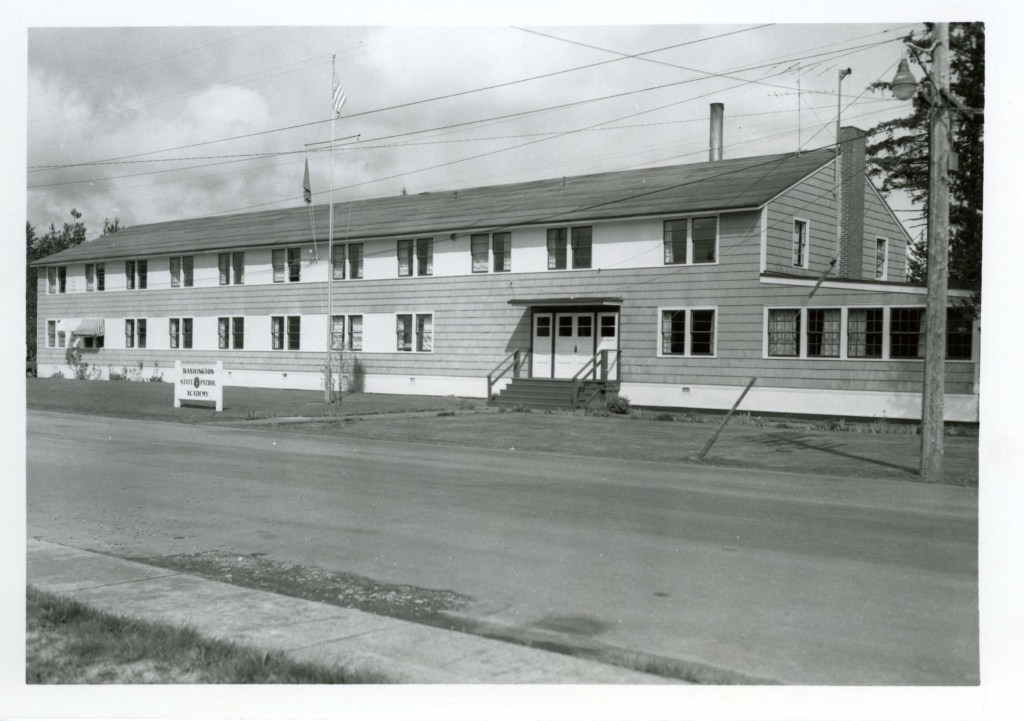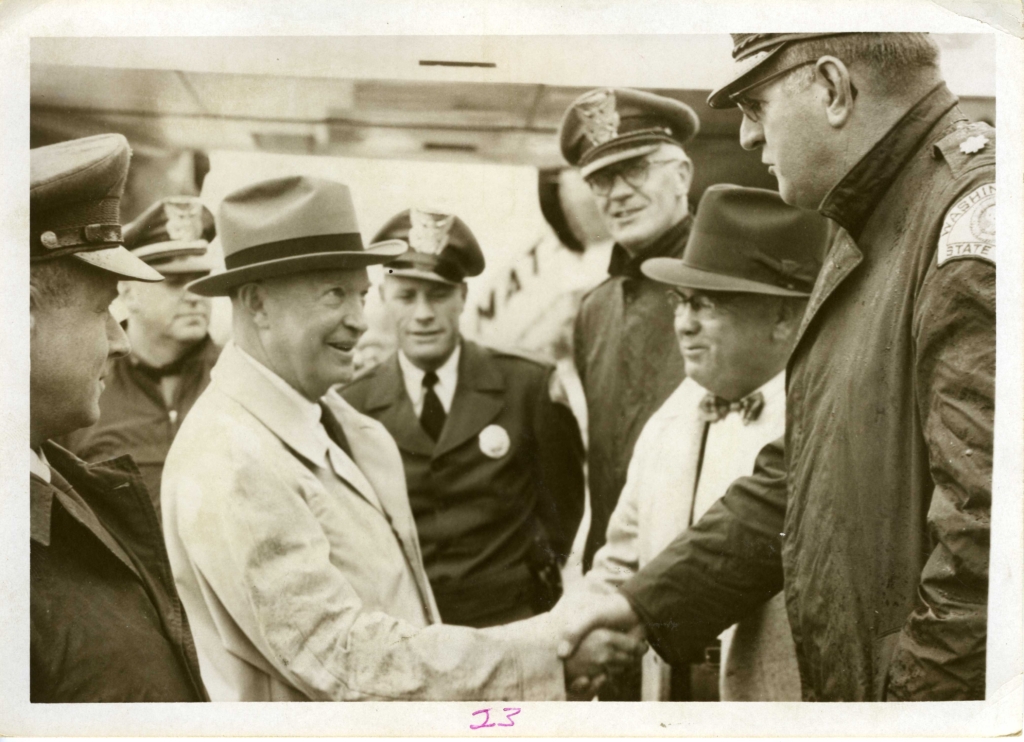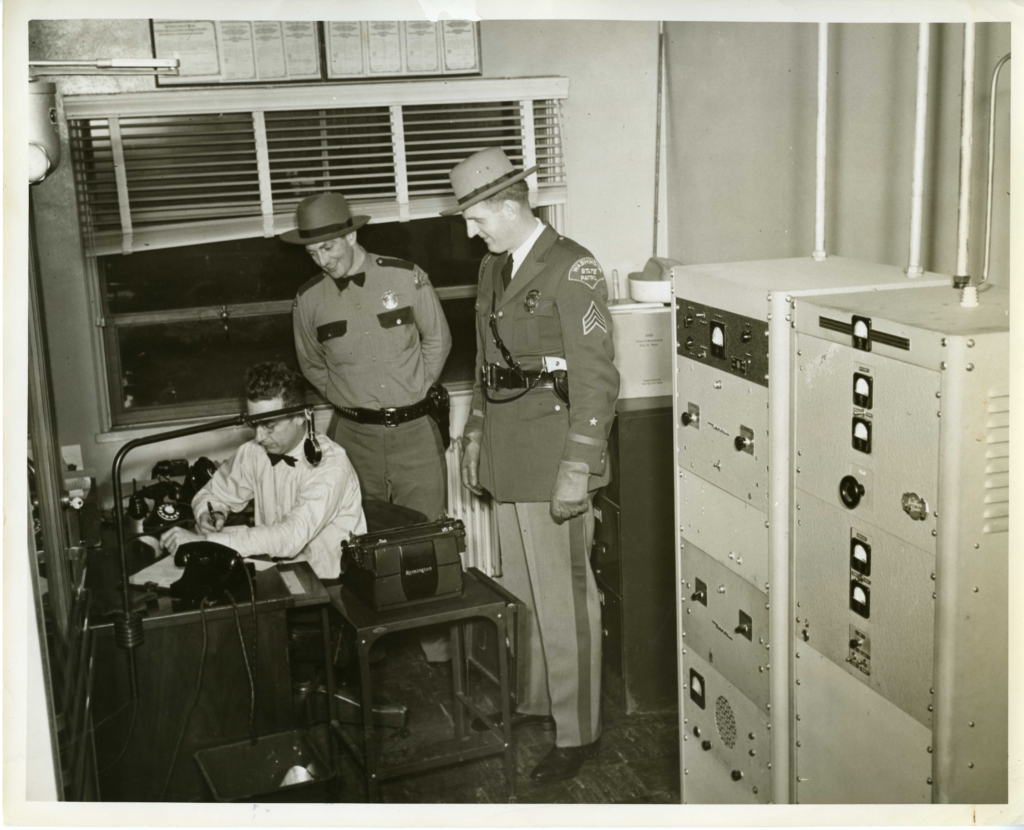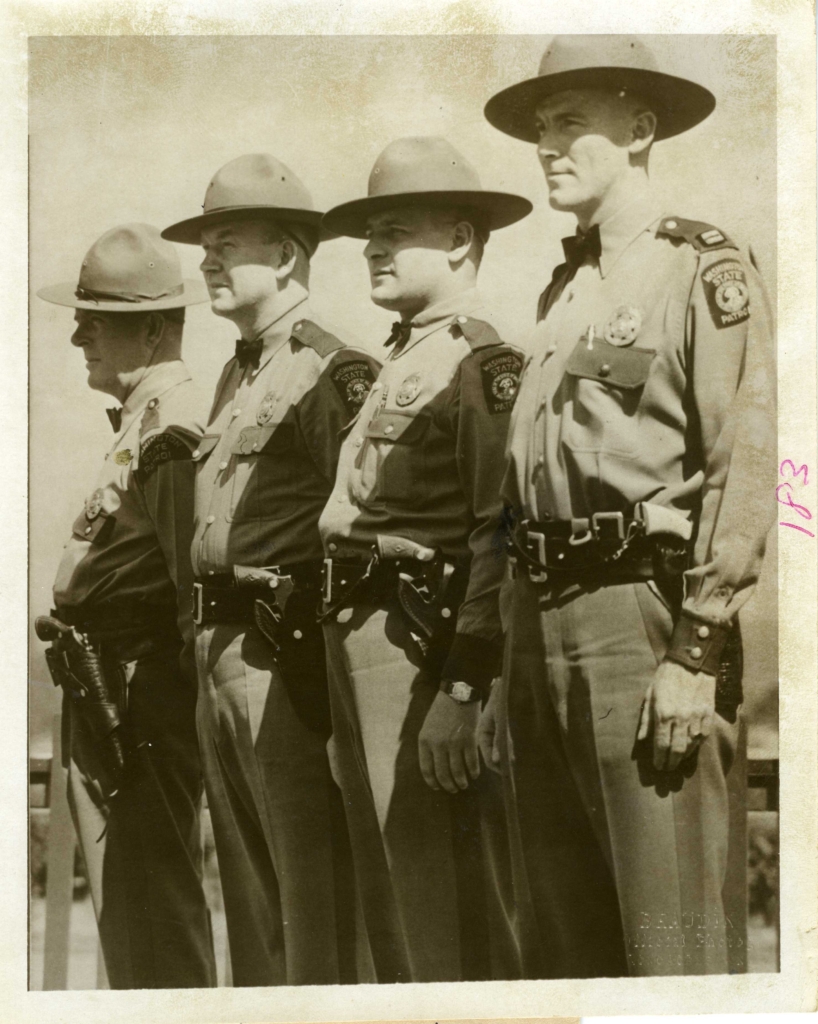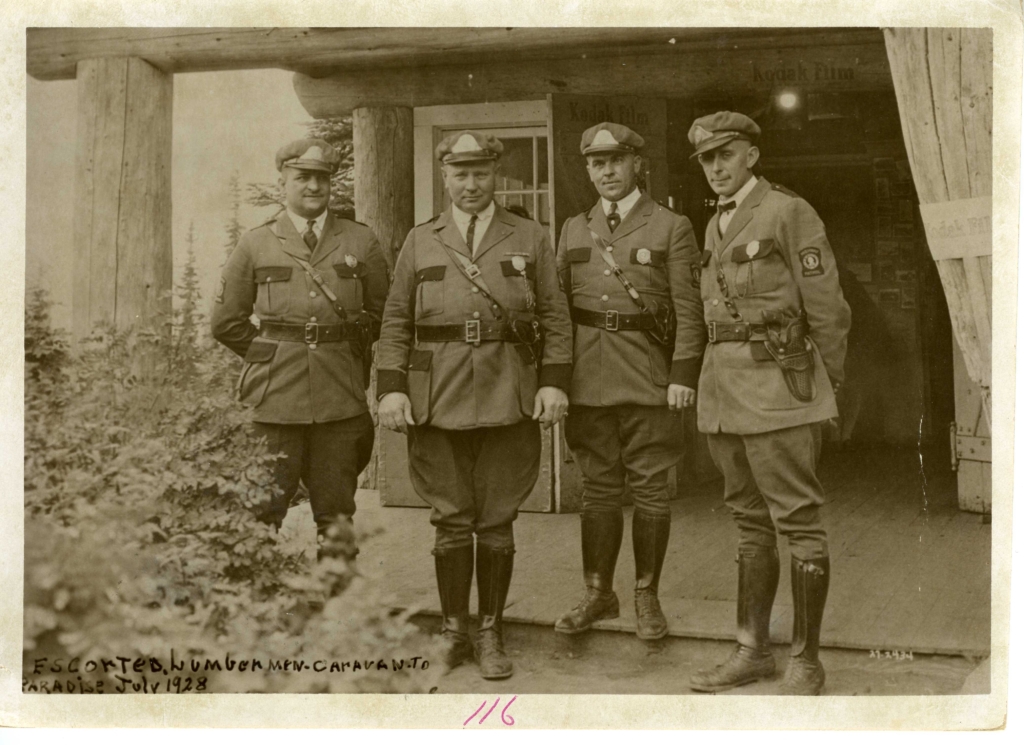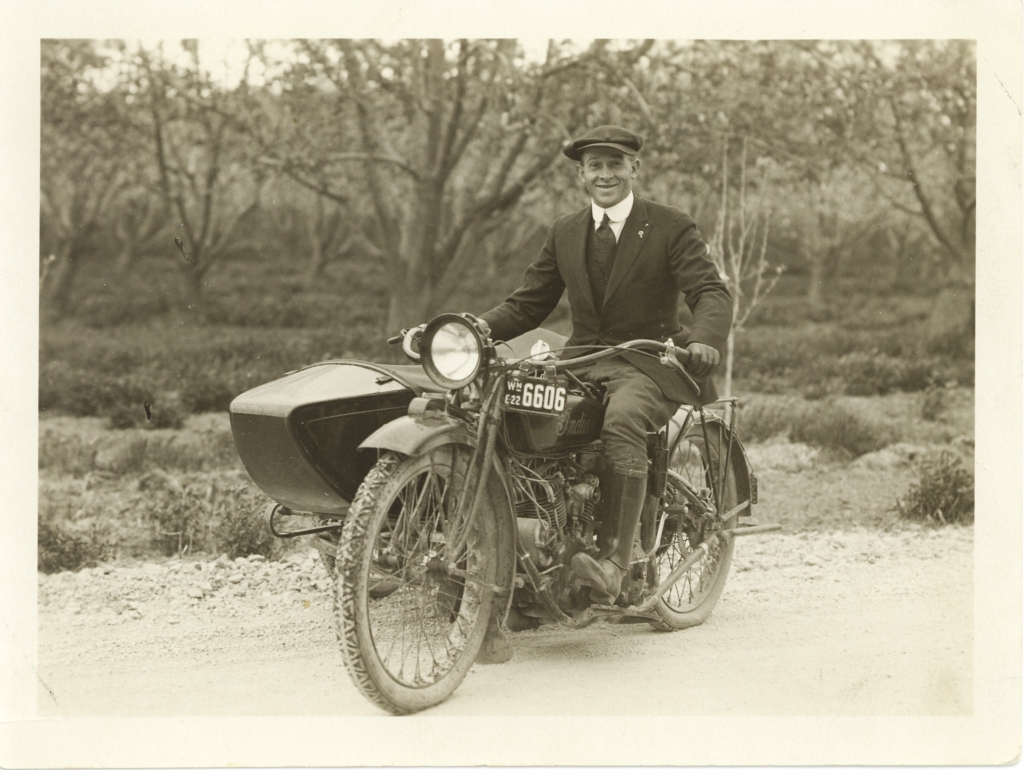About History

2021
WSP celebrates its 100th anniversary with several events and activities including a parade of vintage vehicles and reenactments of early traffic contacts. January 6th insurrection in Washington DC coincides with protestors breaching the gate and illegally entering the grounds of the Governor’s Mansion in Washington State. Order is quickly restored..Read More
2020
Dubbed COVID-19, a novel respiratory disease first reported in China in late 2019 spreads quickly around the world and by spring of 2020 has impacted every phase of WSP operations. Many civilian employees began successfully working from home (teleworking). Protests erupt across the state regarding pandemic responses as well as..Read More
2019
Government and Media Relations hired the agency’s first full-time tribal liaison, increasing state criminal justice protective and investigative resources for reporting and identifying missing Indigenous persons in the state. Washington State Sexual Assault Kit Tracking System was selected as a National Association of State Chief Information Officers (NASCIO) 2019 State..Read More
2018
State Initiative 940 is passed requiring all law enforcement in the state to receive violence de-escalation, mental-health, and first-aid training, and provide first-aid; and change standards for use of deadly force, adding a “good faith” standard and independent investigation. WSP piloted and implemented the “Infants at Work” program in support..Read More
2017
The construction of the Helen Sommers building is completed. The Helen Sommers building becomes the new WSP headquarters (HQ). WSP staff start moving out of the General Administration (GA) building and into the new HQ building. On December 18, 2017, Amtrak Cascades passenger train 501 derailed in DuPont, WA. Three passengers were..Read More
2016
On February 23rd, a section of SR-16 was renamed Trooper Tony Radulescu Memorial Highway, to honor “Trooper Tony” who was killed on the highway four years earlier. On March 25th, Governor Jay Inslee signed a bill giving WSP Troopers a raise, in hopes to curb the number of troopers leaving..Read More
2015
106 commissioned personnel left the agency and by December the agency had 160 commissioned personnel vacancies. The fire season in 2015 proved to be even worse than the 2014 fire season. The Fire Mobilization Plan was authorized a record 30 times, for fires in 15 counties. A total of 867,429..Read More
2014
On Saturday, March 22, 2014 at 10:37 am a major mudslide occurred four miles east of Oso, WA, on SR530, between the towns of Darrington and Arlington. The slide killed 43 people. 89 Troopers, Sergeants, and Lieutenants responded, working on search and rescue, incident command and traffic control. The summer..Read More
2013
The Fire Training Academy became its own Division within the Fire Protection Bureau. Lean was implemented in Washington State Agencies, after Governor Jay Inslee signed an executive order urging state agencies to improve services, outcomes and performances of state government; and created the Results Washington commission. On May 23, the..Read More
2011
WSP joined forces with Washington State Department of Fish and Wildlife to create a joint Chaplaincy Program. In April, Chaplain Mike Neil was selected as the WSP Senior Chaplain. In May, Washington State was recognized as having the third best safety rating for trucks in the country. Due to budget..Read More
2010
The Target Zero Team initiative began, with a handful of troopers in King, Pierce and Snohomish Counties working full time to look for impaired drivers. In the first 24 months, the data-driven patrols saved 109 lives. The program was so successful that the legislature secured funding and expanded it to..Read More
2009
The first stage of the Fire Training Academy’s Capital Development Plan was completed in July with the completion of a forty-bed, two story dormitory. In November, the Forensic Laboratory Services Bureau received international accreditation from the American Society of Crime Lab Directors/Laboratory Accreditation Board for their breath alcohol program. The..Read More
2008
In May, the WSP was named the country’s “Best Dressed Agency” by the National Association of Uniform Manufacturers and Distributors, and received the honor in 2009 as well. In July, the WSP began using specially equipped Cessna aircraft to assist with DUI enforcement. The program was named DUI Aerial Response..Read More
2007
The IACP named the WSP for the 2006 National Law Enforcement Challenge Award, “Best Law Enforcement Agency of its Size”. The WSP Commercial Vehicle Division received the Federal Motor Carrier Safety Administration’s Leadership Award.
2006
Trooper Kelly Kalmbach was named the 2006 Trooper of the Year by IACP (International Association of Chiefs of Police).
2004
The AMBER Alert Web Portal was launched at the National Governor’s Association Conference in Seattle. The website was a model for recovering missing children and was a partnership between government agencies and the private sector.
2003
The “Tom Neff Industrial Park” was completed in Tumwater to house WSP Fleet, Supply and Property Management Divisions. On February 20, the El Protector program began. This program was implemented to address the increasing concern of Hispanic/Latino-surnamed drivers being over represented in fatal and felony collisions in the Mid-Columbia Valley...Read More
1999
The Patrol began having Strategic Advancement Forums (SAF) to help increase accountability among employees. Strategic planning was integrated with POPS. By integrating long range planning with quality business practices, and developing partnerships, the WSP is ensuring that the service needs of Washington’s citizens are being met.
1998
WATCH (Washington Access To Criminal History) was launched by the Criminal Records Division. This allowed the public to obtain criminal history information online. The ADAT (Aggressive Driving Apprehension Team) program started, utilizing unmarked patrol cars to proactively locate and arrest those who drive aggressively on Washington roadways. A five year..Read More
1997
A Problem Oriented Public Safety (POPS) philosophy was initiated by the agency, following the award of a Community Oriented Policing grand from the federal government. The award added 72 trained POPS officers to the patrol over a three year period. POPS signaled the beginning of a new problem-solving philosophy that..Read More
1996
Special Weapons and Tactics Team (SWAT) and Methamphetamine Lab Response Team combined to create a Statewide Incident Response Team (SIRT).
1995
Chief Annette Sandberg was the first woman appointed to head a state law enforcement agency. She was also the youngest of either gender when she was appointed in April, at the age of 33. The State Fire Marshal’s Office joined the agency when the Legislature transferred the Fire Protection Services..Read More
1991
A Mobile Computer Network (MCN) became operational, and the WSP gained international recognition for its development of the system that linked laptop computers in patrol cars with satellite and land-based radio communication technology.
1990
The Patrol was responsible for the security of 2,500 athletes when the Goodwill Games came to Washington.
1989
Washington State Legislature passed a bill to incorporate a DNA typing laboratory into the existing Seattle Crime Lab, staffed by specially trained personnel. The Patrol purchased five “Total Stations” to survey traffic collision investigations.
1987
The first woman trooper was promoted to sergeant. In addition, the Computer Aided Dispatch (CAD) system was installed as a pilot program in Olympia, which was later implemented statewide. Construction of the Academy’s multi-purpose building was completed. An Automated Fingerprint Identification System (AFIS) was implemented, and the Safety Education Officer..Read More
1983
The Washington State Patrol Memorial Foundation was created as a non-profit charitable organization to provide assistance to employees in times of need, including the children of WSP officers killed in the line of duty.
1981
Washington Crime Information Center (WACIC) was brought online which provided faster response time as well as access to the FBI’s National Crime Information Center computer system and direct entry of missing adults and runaway children
1980
The “Safety Education Program” was cut due to lack of funding. Washington Legislatures approved the creation of the WSP Crime Laboratory system. One year later four more crime laboratories were added, including Tacoma, Marysville, Kelso and Kennewick.
1974
The Identification and Criminal History Section was established, with two full service crime laboratories set up a year later in Seattle and Spokane.
1973
The Investigative Assistance Division was established, including the Narcotics Section, Organized Crime Intelligence Unit, Missing Children Clearinghouse, and a Clandestine Laboratory Response Team.
1972
The Vehicle Identification Section began with eight men, assigned to wrecker yard inspections, and a year later operations were expanded to the inspection of all (except brand new) vehicles first licensed in the state. The section later became known as the Auto Theft Section.
1967
A statewide responsibility for aircraft registration was given to the Aviation Division, and a year later moved to the Olympia Airport from Boeing Field.
1962
District 7 was formed, taking the northern counties from District 2, with its headquarters in Everett.
1959
The aviation program began, with its primary responsibility as a search and rescue operations, aircraft accident investigation and enforcement of aeronautics laws.
1949
Four door sedans began to replace the old “paddy wagons”. The sedans came with improved police equipment, special engines, transmissions and ready for high speed rear ends.
1948
District 6 was formed, taking the north central counties from District 4, with headquarters in Wenatchee.
1943
The patrol set up its own communications network, completing the installation of two-way sets in all vehicles. The Motor Vehicle Inspection Division and Weight Division was created, and were responsible for checking trucks for size, weight, and license violations. Both divisions previously were under the Department of Highways.
1939
District 5 was established, separating some of the southern counties from District 1, with headquarters in Vancouver.
1936
The state was divided into four Patrol districts, with a Captain in charge of each district. District 1, with headquarters in Tacoma consisted of 14 counties, including all of Southwest Washington and the Olympic Peninsula. District 2, with headquarters in Seattle, consisted of six northwest counties. District 3, with headquarters..Read More
1933
Washington State Legislature acknowledged the need for a police organization that was mobile and could be concentrated immediately at any place in the state where the public safety was endangered. The Highway Patrol Division officially became known as the Washington State Patrol, which had been given full police powers. The..Read More
1927
The Patrol bought it’s first “paddy wagons”, a Ford panel delivery truck which was assigned to the major mountain highway at Snoqualmie Pass.
1925
Chief William Cole was appointed the first Chief of the Washington State Highway Patrol. Prior to Chief Cole’s appointment by Governor Roland H. Hartley, Ms. Helen Shaw assumed the duties of Chief for a few weeks.
1924
Patrolmen made arrangements with a local clothing store to provide the same uniform for every man in the highway patrol. Their attire included motorcycle caps, grey Norfolk jackets, riding breeches, brown leather puttees and boots.
June 8, 1921
Washington State Legislature authorized the appointment of a highway police with the power of peace officers.

